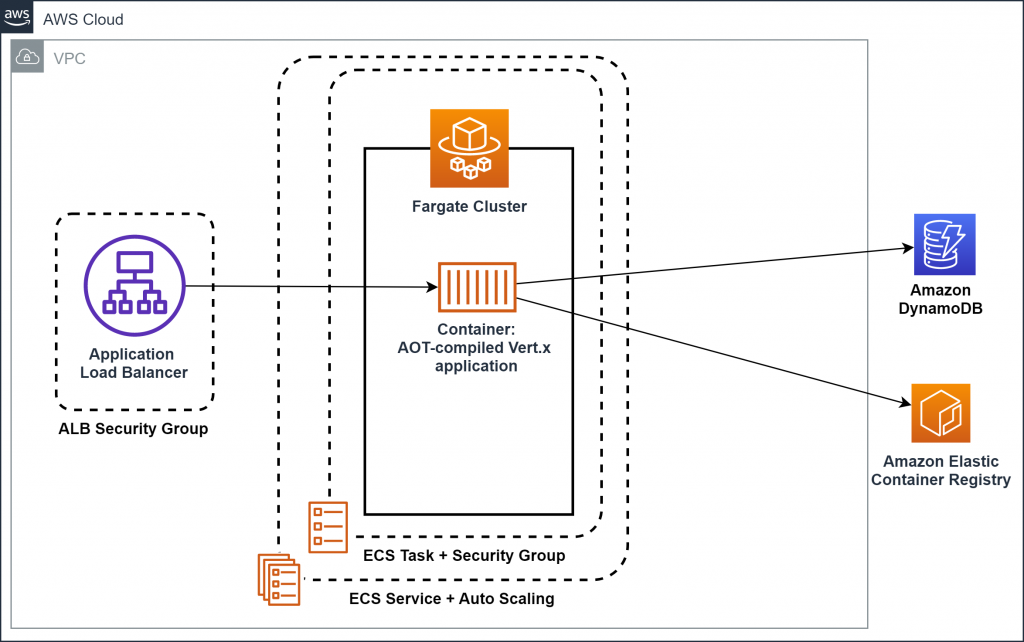AWS Architecture Blog
Category: Amazon Elastic Container Service
Simplifying Multi-account CI/CD Deployments using AWS Proton
Many large enterprises, startups, and public sector entities maintain different deployment environments within multiple Amazon Web Services (AWS) accounts to securely develop, test, and deploy their applications. Maintaining separate AWS accounts for different deployment stages is a standard practice for organizations. It helps developers limit the blast radius in case of failure when deploying updates […]
Migrate Resources Between AWS Accounts
Have you ever wondered how to move resources between Amazon Web Services (AWS) accounts? You can really view this as a migration of resources. Migrating resources from one AWS account to another may be desired or required due to your business needs. Following are a few scenarios where this may be of benefit: When you […]
Scaling Data Analytics Containers with Event-based Lambda Functions
The marketing industry collects and uses data from various stages of the customer journey. When they analyze this data, they establish metrics and develop actionable insights that are then used to invest in customers and generate revenue. If you’re a data scientist or developer in the marketing industry, you likely often use containers for services […]
Queue Integration with Third-party Services on AWS
Commercial off-the-shelf software and third-party services can present an integration challenge in event-driven workflows when they do not natively support AWS APIs. This is even more impactful when a workflow is subject to unpredicted usage spikes, and you want to increase decoupling and fault tolerance. Given the third-party nature of services, polling an Amazon Simple […]
Manage your Digital Microscopy Data using OMERO on AWS
The Open Microscopy Environment (OME) consortium develops open-source software and format standards for microscopy data. OME Remote Objects (OMERO) is an open source, image data management platform designed to support digital pathology and cellular biology studies. You can access, share, and work with various biological data. This can include histopathology, high content screening, electron microscopy, […]
Design Pattern for Highly Parallel Compute: Recursive Scaling with Amazon SQS
Scaling based on Amazon Simple Queue Service (SQS) is a commonly used design pattern. At AWS Professional Services, we have recently used a variant of this pattern to achieve highly parallel computation for larger customers. In fact, any use case with a tree-like set of entities can use this pattern. It’s useful in a workflow […]
Scaling RStudio/Shiny using Serverless Architecture and AWS Fargate
Data scientists use RStudio server as an Integrated Development Environment (IDE) to develop, publish, and share interactive web dashboards built on Shiny Server. Although it is possible to use virtual server infrastructure in the cloud to run R workloads, containerization offers significant operational benefits. Migrating R workloads into a serverless model in AWS, customers can […]
Building Multi-partner integration on AWS using Event-Driven Architecture
September 8, 2021: Amazon Elasticsearch Service has been renamed to Amazon OpenSearch Service. See details. Summary Finserv MARKETS enables customers to buy financial services products such as credit cards, loans, insurance, and investments from various partners. Finserv MARKETS integrates with a large number of partners in real time to provide services to customers. Each partner […]
Field Notes: Optimize your Java application for Amazon ECS with Quarkus
In this blog post, I show you an interesting approach to implement a Java-based application and compile it to a native image using Quarkus. This native image is the main application, which is containerized, and runs in an Amazon Elastic Container Service and Amazon Elastic Kubernetes Service cluster on AWS Fargate. Amazon ECS is a […]
Unlocking Data from Existing Systems with a Serverless API Facade
In today’s modern world, it’s not enough to produce a good product; it’s critical that your products and services are well integrated into the surrounding business ecosystem. Companies lose market share when valuable data about their products or services are locked inside their systems. Business partners and internal teams use data from multiple sources to […]









